What is the Classification of ISO Tanks?
ISO tanks, also known as ISO tank containers, are a crucial element in the global transportation of liquids, chemicals, and gases. They are specially designed to transport a wide variety of substances safely and efficiently. These containers conform to the International Organization for Standardization (ISO) standards, ensuring compatibility and safety across different modes of transport, including road, rail, and sea. Understanding the classification of ISO tanks is vital for businesses involved in logistics, shipping, and supply chain management. This article delves into the classification system of ISO tanks, outlining their types, specifications, and the factors influencing their design and usage.
1. Overview of ISO Tanks
ISO tanks are standardized containers used to transport liquids, powders, and gases. They consist of a cylindrical tank mounted on a framework that conforms to ISO standards, enabling easy intermodal transport. The ISO tank is designed to withstand the rigors of transportation while ensuring the integrity and safety of the cargo.
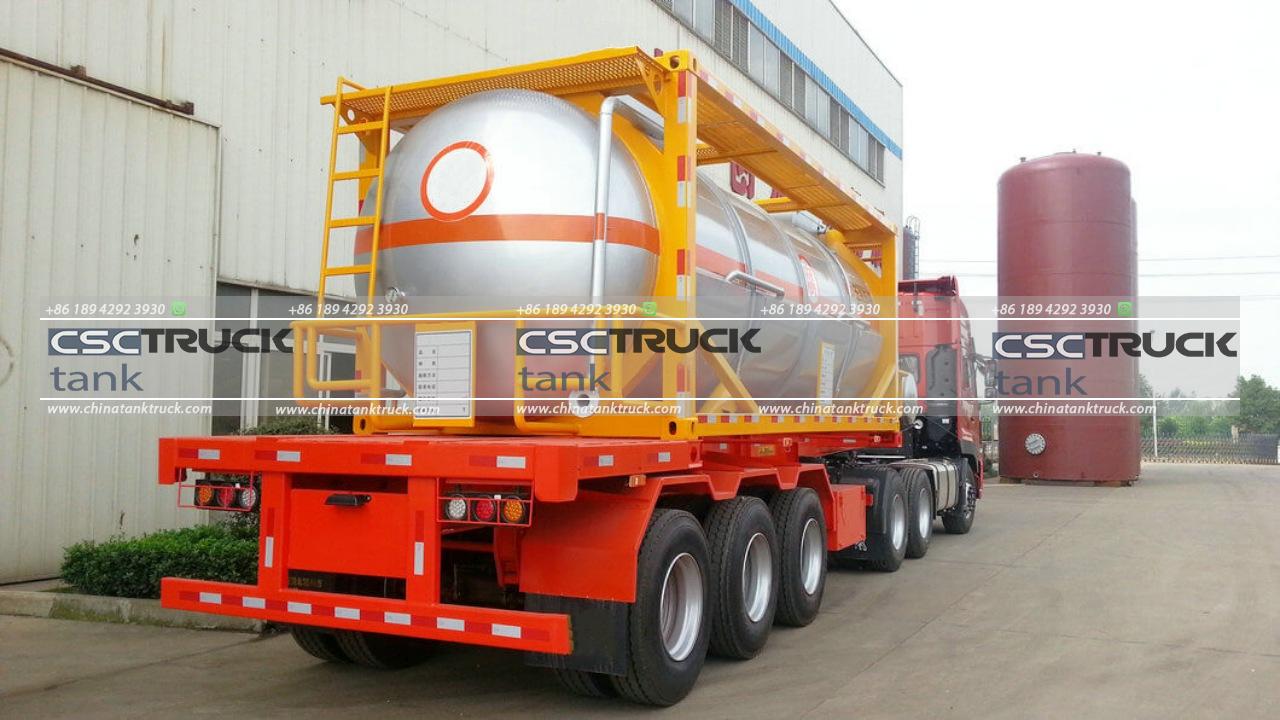
2. Classification by Type
ISO tanks can be classified based on their design, purpose, and the type of cargo they are meant to carry. The primary classifications include:
2.1. General Purpose Tanks
General-purpose ISO tanks are designed for transporting a wide range of non-hazardous liquids. They typically have a stainless steel or aluminum tank and are used for products like water, food-grade liquids, and non-corrosive chemicals. These tanks are often equipped with standard fittings and valves for easy loading and unloading.
2.2. Chemical Tanks
Chemical ISO tanks are specifically designed to handle hazardous and corrosive chemicals. They are constructed with materials that can withstand the chemical properties of their cargo, such as high-grade stainless steel or special alloys. These tanks are equipped with safety features like pressure relief valves and temperature controls to manage the unique requirements of chemical transport.
2.3. Food Grade Tanks
Food-grade ISO tanks are tailored for the transportation of edible liquids and substances. They are constructed with stainless steel that meets food safety standards and are designed to prevent contamination. The tanks are thoroughly cleaned and sanitized before each use to ensure that the transported goods remain pure and uncontaminated.
2.4. Gas Tanks
Gas ISO tanks are designed for the transportation of gases in liquid form. These tanks are equipped with insulation and pressure control systems to maintain the required temperature and pressure conditions for gases like LPG (liquefied petroleum gas), LNG (liquefied natural gas), and other cryogenic gases. They often include specialized valves and fittings to manage the safe loading and unloading of gases.
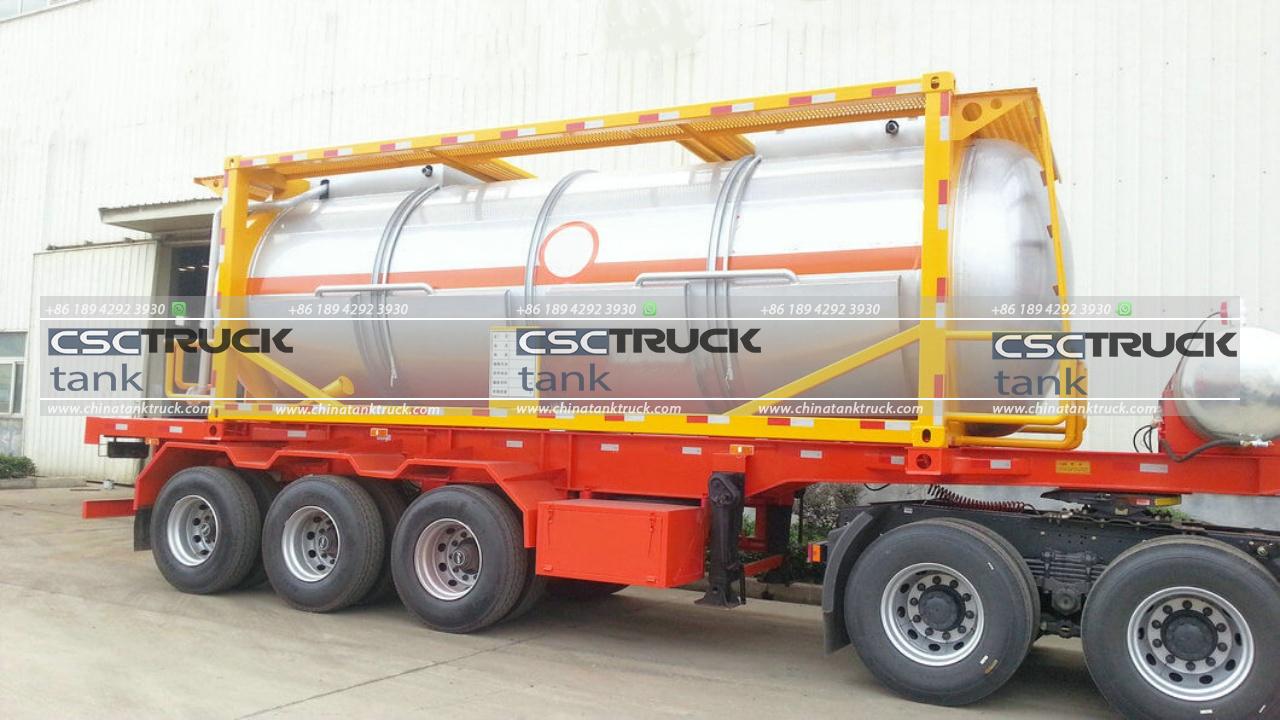
3. Classification by Tank Design
In addition to cargo types, ISO tanks are classified based on their design features:
3.1. Single-Compartment Tanks
Single-compartment tanks have one large tank space and are used for transporting a single type of liquid or chemical. They are ideal for cargo that does not require separation or specific containment conditions.
3.2. Multi-Compartment Tanks
Multi-compartment tanks are designed with separate compartments to transport different types of liquids or chemicals in one container. This design allows for the transportation of multiple products simultaneously without cross-contamination. Multi-compartment tanks are useful for consolidating shipments and optimizing transport efficiency.
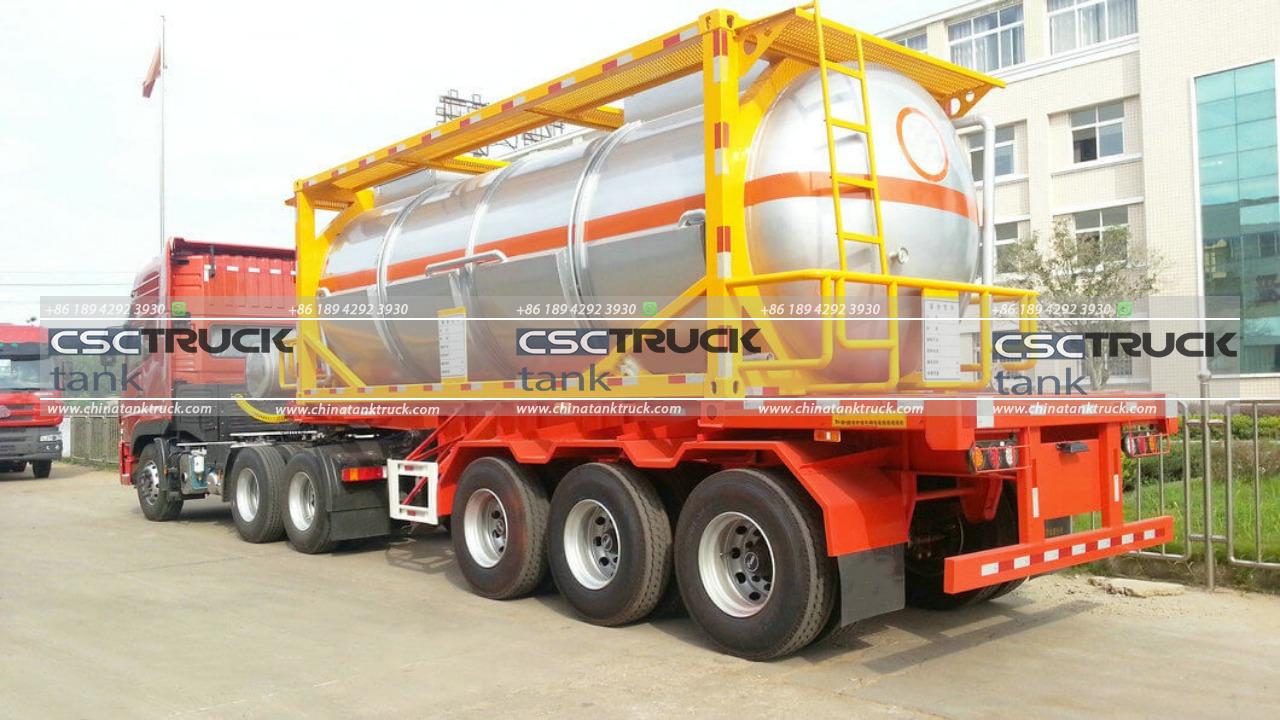
4. Specifications and Standards
ISO tanks are built according to stringent specifications and standards to ensure safety and compatibility. Key standards include:
4.1. ISO 668
This standard specifies the dimensions and tolerances of ISO containers, including tanks. It ensures that ISO tanks can be seamlessly transferred between different modes of transport and fit into standard shipping slots.
4.2. ISO 9001
ISO 9001 is a quality management standard that applies to the manufacturing process of ISO tanks. Compliance with this standard ensures that tanks are built to high-quality standards and meet safety and performance requirements.
4.3. ADR/RID Regulations
For the transport of hazardous materials, ISO tanks must comply with the ADR (European Agreement concerning the International Carriage of Dangerous Goods by Road) and RID (Regulations concerning the International Carriage of Dangerous Goods by Rail) regulations. These regulations mandate specific safety features, labeling, and documentation for the safe transport of dangerous goods.
4.4. IMDG Code
The International Maritime Dangerous Goods (IMDG) Code governs the transport of hazardous materials by sea. ISO tanks used for maritime transport must meet the IMDG Code requirements, which include specifications for tank construction, labeling, and safety measures.
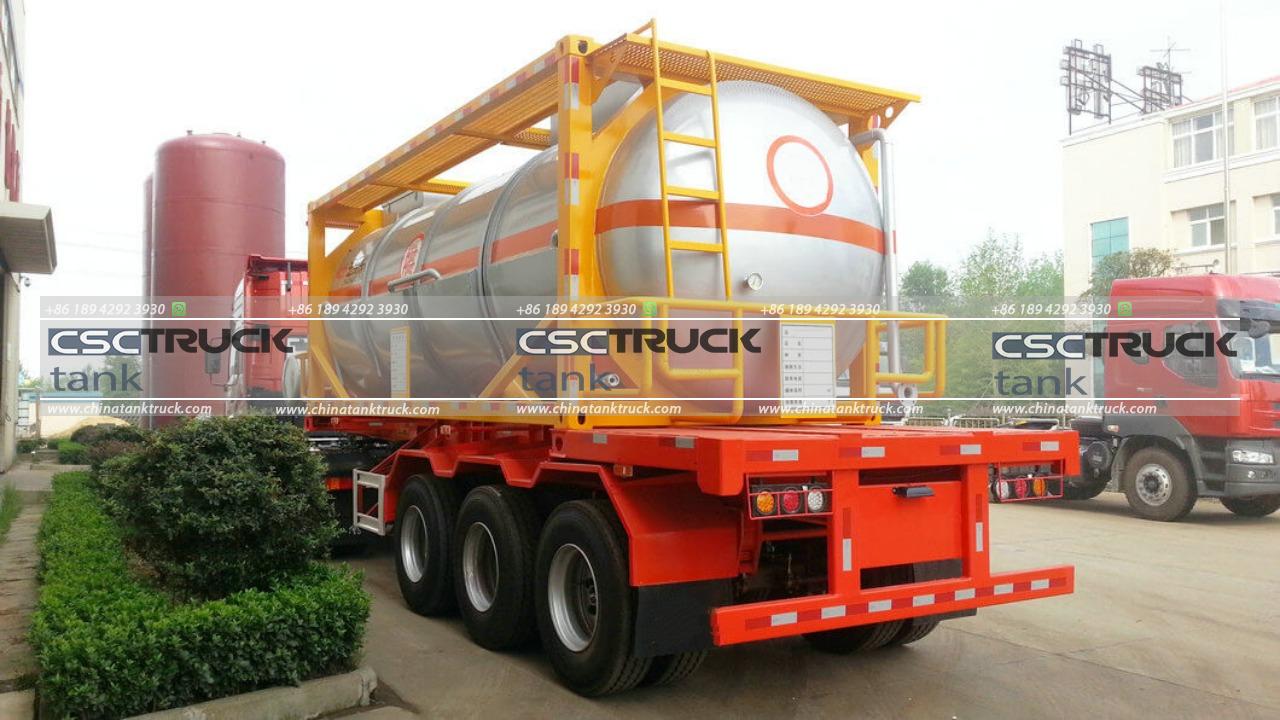
5. Key Considerations in ISO Tank Selection
Selecting the appropriate ISO tank involves several considerations:
5.1. Type of Cargo
The nature of the cargo—whether it is a hazardous chemical, food-grade liquid, or gas—determines the type of ISO tank required. Understanding the cargo’s properties helps in selecting a tank with the right materials and features.
5.2. Safety Requirements
Safety is paramount in the transportation of liquids and gases. ISO tanks must be equipped with safety features such as pressure relief valves, temperature controls, and leak detection systems to handle the specific risks associated with the cargo.
5.3. Compliance with Regulations
Adhering to international and regional regulations is crucial for legal and safety reasons. Ensuring that the ISO tank complies with standards such as ADR, RID, and IMDG Code is necessary for safe and legal transportation.
5.4. Maintenance and Inspection
Regular maintenance and inspection are essential for ensuring the continued safety and functionality of ISO tanks. Periodic checks and certifications help in identifying and addressing any issues before they pose a risk.
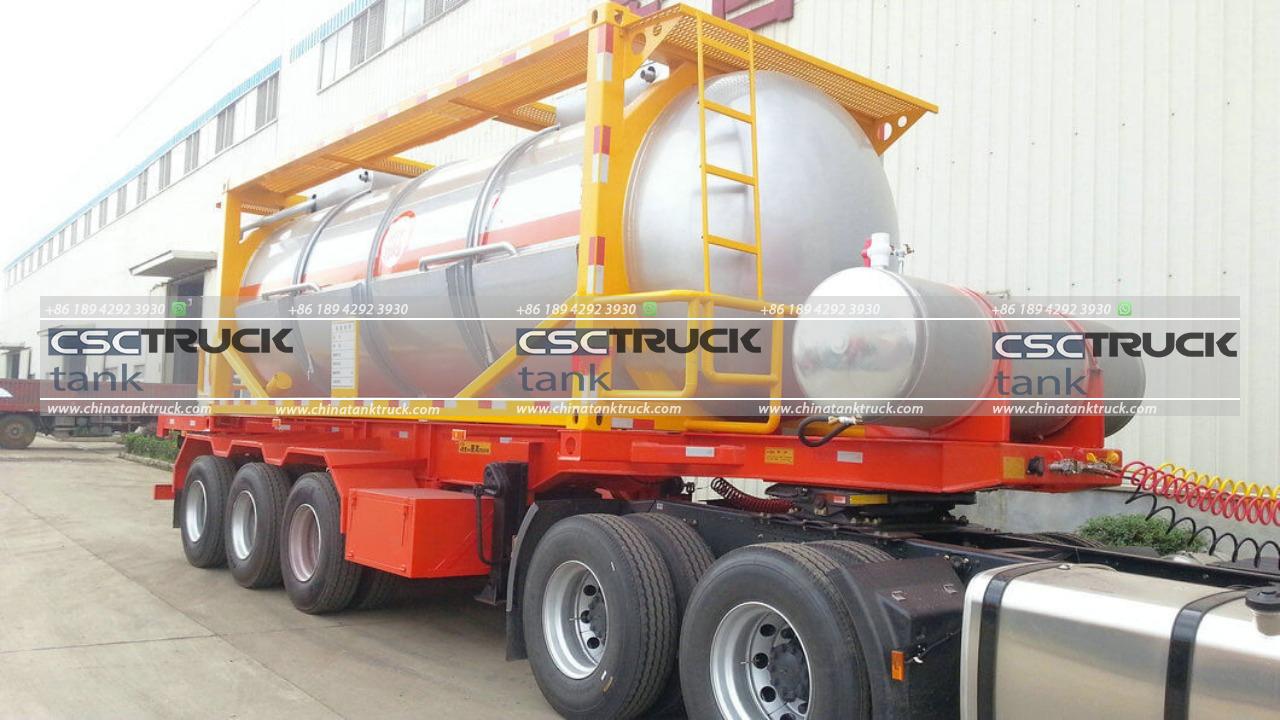
6. Conclusion
The classification of ISO tanks is a multifaceted system that considers the type of cargo, tank design, and adherence to international standards. Understanding these classifications helps businesses make informed decisions about their logistics and transportation needs, ensuring the safe and efficient movement of goods across the globe. As global trade continues to expand, the role of ISO tanks remains pivotal in maintaining the integrity and safety of transported substances, underscoring the importance of proper classification and compliance with standards.

